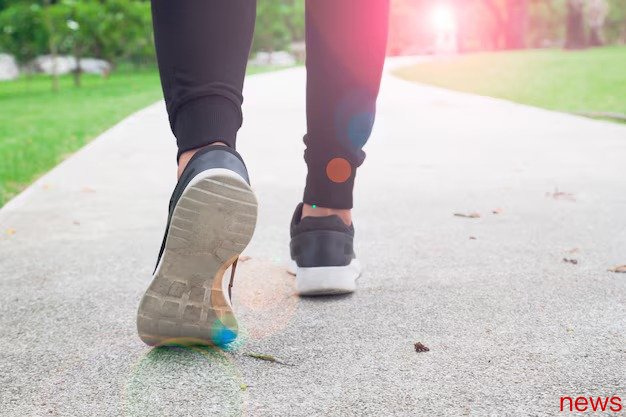
Many people will move their bodies through walking. In recent years, the fitness circle has set off a "reverse walking" trend, that is, training by walking backward. Studies have shown that walking backward can not only strengthen the muscles that lack swelling at ordinary times, improve body coordination and balance, but can even improve brain awareness.
Regressive walking is not only a exercise training, but also helps to rehabilitateCompared to the general walking method, the biggest advantage of regressive walking is that it changes the daily pace pattern, stimulates the balance system of the brain and body, uses it in completely different ways and activates our muscles and links.
{}When walking forward, we mainly use the ankle and use the tip of the foot to the ground. When we walk backwards, we need to use more strength of the hips and quadrilateral muscles in the legs, and use the foot and touch to stretch the flexor muscles during the process, and reduce the pressure of the light joint and knee joints.
Janet Dufek, a professor of sports and nutrition in the United States, is the authority to study backward walking. In the study, it was found that backward walking training can increase the activity of the hips and hamstrings, have better balance and body stability, and can also reduce back pain. Walking backward on steep slopes can also improve plantar fasciitis.
Another study pointed out that physical treatment of backward walking can help patients with inflammation relieve knee pain.
Regressive walking consumes more heatRegressive walking consumes not only training physical activity abilities, but also according to research from the American Institute of Sports Medicine, the heat consuming even more heat than fast walking, burning 40% of the calories per minute on average! Another study also found that women who have been regressive walking training for six weeks have not only reduced their body fat, but also improved their overall health.
Regressive walking improves brain cognitive functionIn addition to physical energy benefits, research also pointed out that regressive walking can "train the brain." Ashwini Nadkarni, assistant professor at Harvard Medical College, said that compared to normal walking, moving backwards uses more space to understand and coordinate abilities, and requires more concentration during the process, so it can activate the area where the brain controls thinking and behavior. Through long-term practice, it can observe improvements in response speed and short-term memory.
It is recommended to adopt training methodsEven if there are many benefits to walking backwards, it may be just a fresh and fun sports project for most people. People may wish to consider whether they need training, and do not forget that walking backwards will have the risk of falling.
Janette Dufik suggests using jogging machines to assist and find a partner to do it together. After getting familiar with it, adjust the speed or slope of the jogging machine according to personal conditions to increase or decrease the training intensity.
{twenty one} {twenty two}